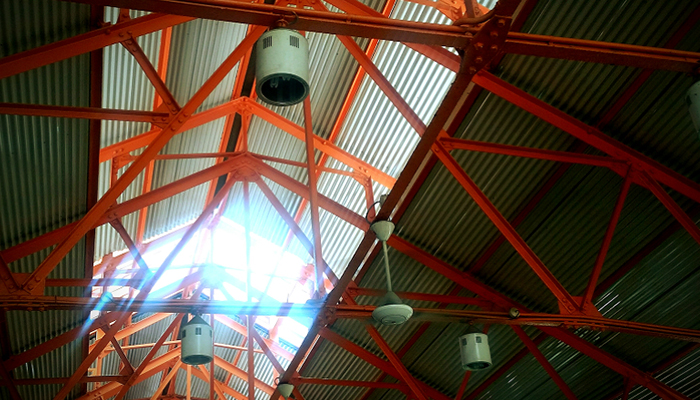In industrial environments where hazardous gases may be present, the need for constant vigilance is not just advisable—it is essential. Honeywell fixed gas detection systems provide the first line of defence by continuously monitoring the air for toxic, flammable, or oxygen-depleting gases. These systems play a key role in reducing the likelihood of accidents and ensuring compliance with health and safety regulations.
Ensuring Continuous Risk Awareness
Unlike portable detectors, fixed gas detection equipment operates 24/7 without the need for human activation. It remains vigilant in real-time, identifying threats before they escalate into critical incidents. This constant monitoring enables facilities to maintain full situational awareness, particularly in high-risk zones such as refineries, chemical plants, and confined spaces. The early detection of leaks or abnormal gas concentrations allows for rapid intervention, minimising harm to workers and infrastructure.
Meeting Compliance and Safety Standards
Industrial safety standards are stringent for good reason. Gas detection systems play a crucial role in meeting regional and international safety standards. By integrating fixed sensors into operational protocols, companies can ensure that their sites adhere to legal requirements for occupational health. This not only protects workers but also reduces liabilities and operational disruptions. A well-maintained detection system demonstrates a commitment to health and safety, which can also improve an organisation’s credibility with regulators and clients alike.
Streamlining System Integration
Today’s fixed gas detection equipment is designed for seamless integration into existing control and monitoring frameworks. With the ability to connect to central alarms, data loggers, and SCADA systems, these devices ensure that alerts are delivered immediately to decision-makers. Some systems can also trigger automated safety responses such as ventilation activation or equipment shutdown, enhancing the site’s overall emergency preparedness.
Supporting Targeted Maintenance and Inspection
Fixed gas detectors also support preventative maintenance by providing performance data and status alerts. With the ability to schedule routine checks based on real-time data rather than fixed intervals, facility managers can ensure that calibration and servicing happen only when needed. Having gas detection equipment that self-monitors for faults ensures that no blind spots develop over time due to malfunction or wear.
Facilitating Zone-Based Risk Management
Large industrial sites typically include multiple zones, each with different gas-related risks. Fixed gas detection systems allow organisations to deploy sensors specific to the conditions of each area. For example, a manufacturing line using solvents will require volatile organic compound (VOC) monitoring, while a confined storage space may need oxygen level detection. By tailoring gas detection to each zone, facilities can implement more precise and effective safety controls without overextending resources.
Enhancing Workforce Confidence and Productivity
A safe working environment leads to a more confident workforce. When employees know that gas detection systems are in place and functioning correctly, they are more likely to perform their duties with greater focus and less hesitation. Clear visual and auditory signals from gas detectors provide reassurance that any danger will be detected and addressed quickly.
Learn More: “HONEYWELL BW™ NEXT GENERATION MULTI-GAS PLATFORM” Streamlining Multi-Gas Detection
Investing in Scalable Safety Infrastructure
As industrial operations expand, safety systems must evolve in parallel. Fixed gas detection technology offers scalability, allowing businesses to add sensors or update software without overhauling the entire system. This scalability ensures that safety investments remain viable in the long term. Whether a facility is adding new processing lines or increasing its workforce, the gas detection framework can be adjusted to meet changing needs.
Reducing Environmental and Financial Costs
Undetected gas leaks can have environmental consequences and lead to regulatory fines. Fixed gas detection equipment helps identify these issues early, preventing pollutants from entering the atmosphere and protecting nearby communities. Moreover, by reducing the risk of catastrophic incidents, facilities avoid the significant financial burden of emergency response, litigation, and lost productivity.
Strengthening Response Time in Emergencies
When an incident occurs, every second counts. Fixed gas detection systems are engineered to respond quickly, sounding alarms and transmitting data instantly to emergency teams. This enables faster evacuations, targeted containment efforts, and efficient communication across departments. In time-sensitive scenarios, such immediate responses can be the difference between a controlled event and a full-scale disaster.
For more information about Honeywell fixed gas detection solutions, contact Ansac Technology today.

